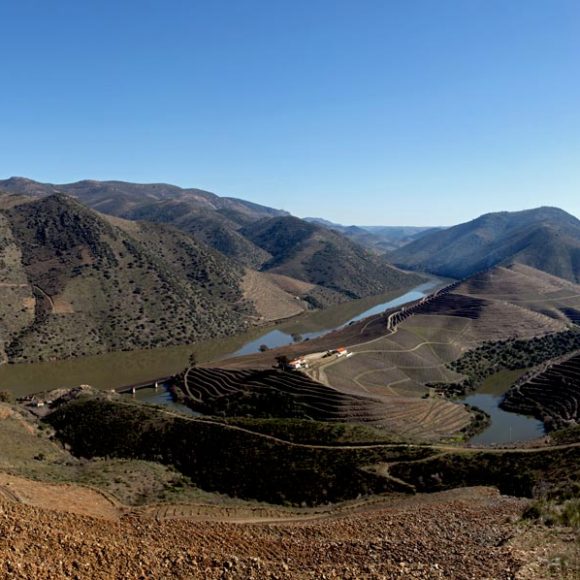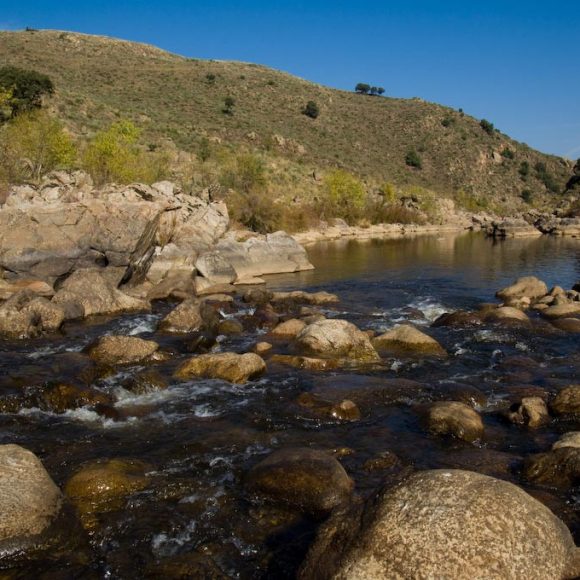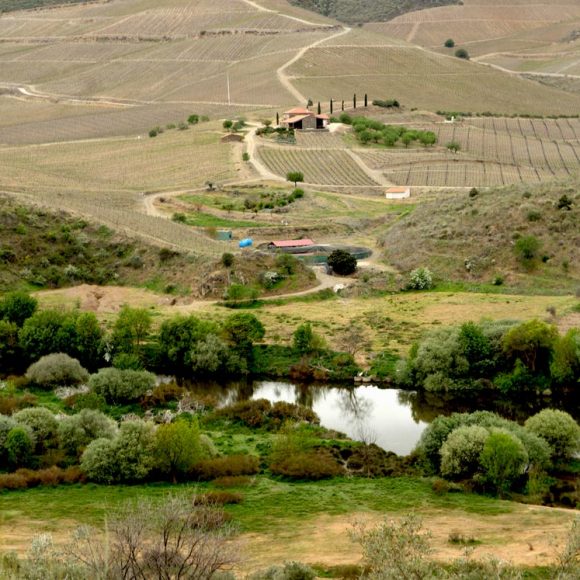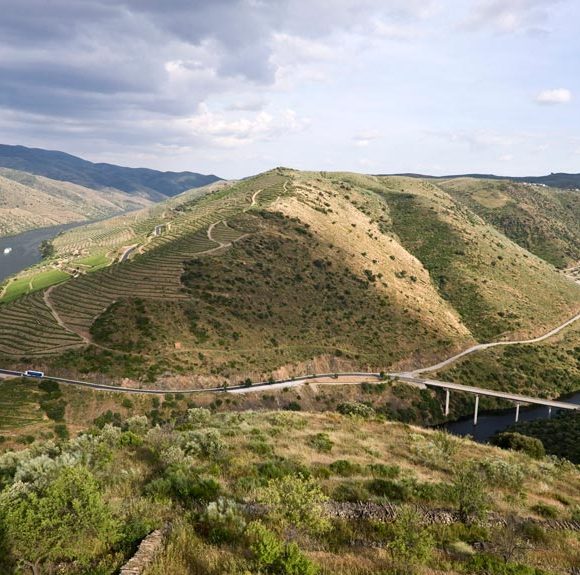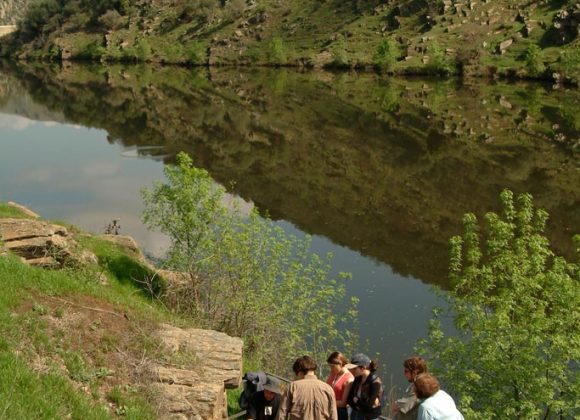Park
The Côa
Côa
Park
The Côa Valley Archaeological Park is located in the northernmost part of Guarda district, in the region known as Alto Douro. In the final section of the Côa river, more than 80 sites with rock art and around 1200 engraved outcrops are located in a territory of about 200 km2 covering areas in the municipalities of Vila Nova de Foz Côa, Figueira de Castelo Rodrigo, Pinhel and Mêda.
This extraordinary rock art complex is distributed along two main river axes: the Côa, for about 30 kms before its outfall, and also the Douro, for about 15 kms, on both margins after the mouth of the Côa. As a result of the recognition of the significance of this group of findings, the Côa Valley Archaeological Park was created on August 10, 1996, with the mission of managing, preserving, researching and showing to the public the rock art.
The Côa Valley is a unique site in the world due to the rock art from various moments of Prehistory, Protohistory and History, including the most important collection of Paleolithic open-air figurations known today.
Until its identification in the mid 1990’s, the oldest artistic expression of Humanity was believed to be circumscribed to the subterranean world of caves. It is now suggested that open-air art was more common. However, various erosive agents and human activity over the millennia prevented much from reaching the present. Hence, the importance of the Côa Valley, with its well-preserved archaeological sites.
The great majority of the rock art motifs in the Côa Valley, of all chronologies, is located in schist outcrops, taking advantage of the way the geological evolution of the Lower Côa exposed, as a result of fluvial and tectonic processes, vertical smooth panels proper to be engraved. However, at Faia Rock Art Site (Cidadelhe, Pinhel), located in the southernmost part of the Archaeological Park, engravings and paintings on granite can still be found today.
These last endured until the present in the shelters that granitic substrate sometimes forms, unlike what happens with schist. Although there is no cave art in the Côa Valley, since these geological episodes do not form on terrains with the rock characteristics indicated above, the existence of these granite shelters allowed the survival of painted motifs, some from Paleolithic times. Thus, it is correct to say that in the Côa there are, in greater quantities, rock engravings, and, in smaller numbers, rock paintings.


